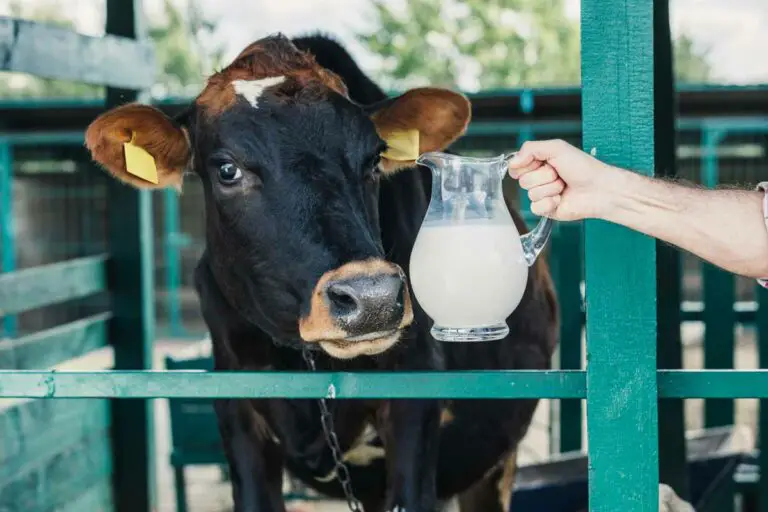How To Achieve Very Low Temperatures With Gas Refrigeration Cycles
Gas refrigeration cycles are efficient at providing cooling in a number of different situations. However, some applications require significantly lower temperatures to function correctly. How can very low temperatures be achieved with gas refrigeration cycles in those cases?
Gas refrigeration cycles can achieve very low temperatures by incorporating regenerative cooling into the system. This will require the inclusion of a regenerator that uses a portion of the already-cooled gas to pre-cool the heated portion before it enters the compressor. Repeating that process allows the refrigeration cycle to reach extremely low temperatures.
This quick guide will tell you everything you need to know about achieving low temperatures with gas refrigeration cycles. You’ll learn the basics of regenerative cooling and discover how it works through a step-by-step process.
Can You Achieve Extremely Low Temperatures With Gas Refrigeration Cycles?
Let’s begin by establishing that, yes, it is indeed possible to achieve extremely low temperatures with gas refrigeration cycles.
Generally, that state is achieved by leveraging the concept of regenerative cooling and a component known as a regenerator.
Thankfully, gas refrigeration systems can incorporate a regenerator into their construction without much of a problem. Its addition enables the system to produce more intensive cooling and achieve the desired low temperatures.
That’s especially true when the regenerative cooling process happens more than once, as repeated regeneration will drive temperatures even lower.
As you can imagine, this is excellent news for users and applications that rely on gas refrigeration cycles to function optimally.
For instance, aircrafts often rely on gas refrigeration systems because they lower temperatures effectively despite using more straightforward and lightweight cooling components.
When a regenerator is added to those systems, those aircrafts enjoy even better cooling that prevents their systems from overheating mid-air.
What Is Regenerative Cooling?
In order to grasp the concept of regenerative cooling, you must first understand how gas refrigeration cycles normally function.
Here’s a simplified explanation.
As the name suggests, a gas refrigeration cycle uses gas to produce the desired cooling effect. Because of that, systems using that cycle function very differently compared to other forms, like vapor compression, absorption, or other refrigeration cycles.
In this case, the gas flows through a sealed system consisting of a compressor, heat exchangers, and other components. Those components work together, enabling the gas to absorb heat from the refrigerated space and reject it to the surrounding environment.
More specifically, the compressor causes the gas to go into a high-pressure state, dramatically raising its temperature to release heat energy to its surroundings. Then, the gas expands to a low-pressure and cooler state, so it can continue absorbing heat from the intended cooling space before repeating the entire process.
This process continuously cools the refrigerated space and maintains its set temperature.
Regenerative Cooling
Regenerative cooling takes this process a step further and makes gas refrigeration cycles much more effective, enabling the cooling system to achieve much lower temperatures.
As you read above, the hot gas will normally pass through a heat exchanger, where it rejects heat to the surroundings and comes out at a significantly lower temperature.
In a regenerative cooling setup, a portion of that cold gas is recirculated through a regenerator and used to further cool down the incoming hot gas.
In other words, the same cold gas is used to pre-cool the remaining portion of hot gasses before they enter the heat exchanger.
So, because the gas entering the heat exchanger is already somewhat cooled, it will achieve even lower temperatures when it comes out on the other side.
The regenerative cooling process can be repeated to achieve extremely low temperatures in applications where that is necessary.
How Does A Regenerator Work With Gas Refrigeration Cycles?
After exploring the conceptual aspects of regenerative cooling in gas refrigeration cycles, it’s time to look at how the concept is applied to achieve very low temperatures.
Here is a simplified example of the gas refrigeration cycle that incorporates a regenerator:
- Step 1: Firstly, the working gas circulates and enters the compressor. Once inside, the gas’s compression increases, and its temperature rises dramatically.
- Step 2: After exiting the compressor, the gas passes through a heat exchanger, releasing its heat energy into the surrounding environment. At this step, the gas becomes less compressed and cools down significantly.
- Step 3: Next, the cooled gas passes through the regenerator, where it is cooled down even further, bringing it to extremely low temperatures.
- Step 4: The extremely cold gas flows to the turbine, which drives it to the refrigerated area, where it can continue absorbing heat and keeping the area cold.
- Step 5: Lastly, the gas passes through the regenerator again. As you recall from earlier, there is already cold gas flowing in the other direction in the regenerator from Step 3. That portion pre-cools the heated gas about to enter the compressor, allowing it to reach very low temperatures later.
The regenerative cooling process can be repeated several times as needed to reach the target temperature.
What Applications Require Very Low Temperatures With Gas Refrigeration Cycles?
Gas refrigeration cycles are used in plenty of cooling applications. However, not all of those applications need to achieve very low temperatures.
For instance, cooling a kitchen fridge or a household air conditioner doesn’t require exceptionally low temperatures to fulfill their purposes. That’s why those appliances do not rely on regenerators.
However, one application that does require it is rocket engines. These engines burn through so much fuel that they can reach temperatures almost as hot as the surface of the sun. Despite that, they don’t melt.
That’s because those engines’ designs leverage regenerative cooling to achieve low temperatures despite how much heat they generate.
References
Re: Solution: By repeating refrigeration (i.e. using a regenerative cooling system), Page 21
http://coe3.uniten.edu.my/Download/Thermo/Chap_11.pdf
Re: Textbook chapter on gas refrigeration. Problem 11–54C on Page 642: How do we achieve very low temperatures with gas refrigeration cycles? (same as article topic)
https://www.academia.edu/36740273/Chapter_11_REFRIGERATION_CYCLES
Re: Meaning of regeneration
https://assignmentpoint.com/regenerative-cooling/
Re: Sample sequence
https://www.chegg.com/homework-help/questions-and-answers/regenerative-gas-refrigeration-cycle-helium-working-fluid-enters-compressor-100-kpa-10c-co-q32397248









